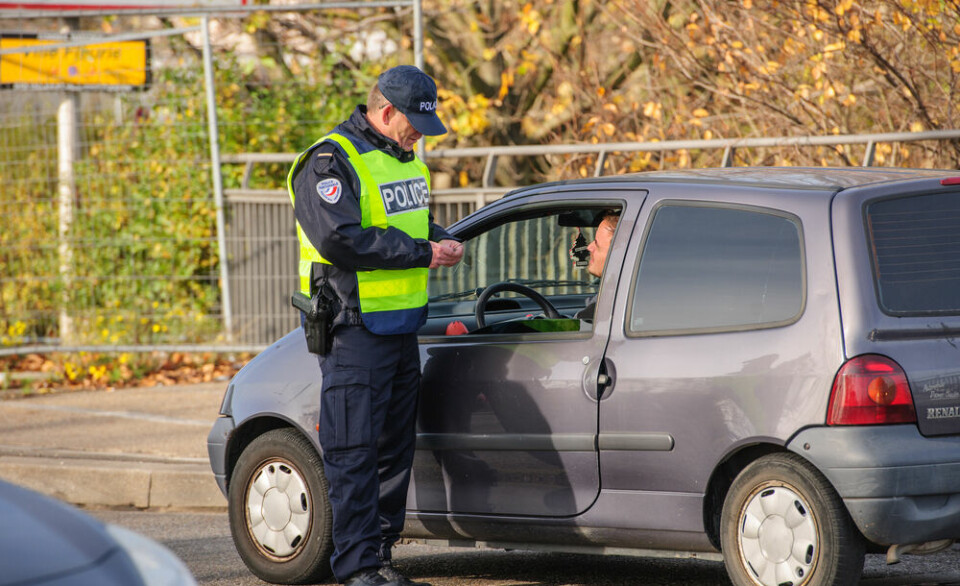-
Did you know? France invented the strawberry
As strawberry season gets underway, you might be surprised to hear that garden strawberries originated in France and can be used in many ways
-
Know your cheeses and their seasons: which to eat in France in February
Cow’s milk cheeses dominate as winter comes to an end
-
Films and series to watch in February to improve your French
Every month we outline good film and TV series to improve your language
Mercedes - straight out of Côte d’Azur
The origins of the famous German car brand lie in Nice... and the daughter of an Austrian businessman.

German car marque Mercedes was named after the name of the daughter of a businessman who lived on the Côte d’Azur at the beginning of the 20th century.
Emil Jellinek was a successful Austrian businessman and insurance agent who was based in Nice and was passionate about cars. He was keen on racing and named the cars he raced in after his daughter, who was called - Mercedes.
He was regarded as among the best but also the most difficult customer of Daimler-Moteoren-Gesellschaft (DMG), in Germany.
In 1897, he travelled to the company’s factory to order his first Daimler but was disappointed by the car, which he complained was for too slow for him with its top speed of 24kph. He demanded speeds of 40kph and ordered two more cars, which were delivered in 1898 and were the world’s first road vehicles with four-cylinder engines.
Jellinek used his position as a businessman to advertise and sell Daimler cars to wealthy residents on the Côte d’Azur. He demanded faster and faster cars until, in 1900, he ordered one built to his specifications. It was agreed that the newly designed engine would bear the name Daimler-Mercedes. He ordered 36 of these cars, at a price of 550,000 marks, equal to €3million today.
The 35bhp racing car was practically unbeatable in the Nice Racing Week in March 1901. Sister models with 12/16bhp and 8/11bhp appeared later in the same year. Thanks to Jellinek, the name Mercedes had become extremely well-known and the Daimler factory in Cannstatt was stretched to the limit to cope with demand.
In 1902, Mercedes was registered as a brand name. A year later Emil Jellinek obtained permission to change his family name to Jellinek-Mercedes.
At the time he said: “This is probably the first time a father has borne the name of his daughter.” He gradually withdrew from the automobile industry as he began a new career in diplomatic circles, but the name he had introduced into the motoring industry and which had helped to make Daimler cars so popular lived on.
In 1926, Daimler merged with Benz to become Daimler-Benz - and the brand names of their respective cars also merged so that from then on their cars would be called Mercedes-Benz.
























